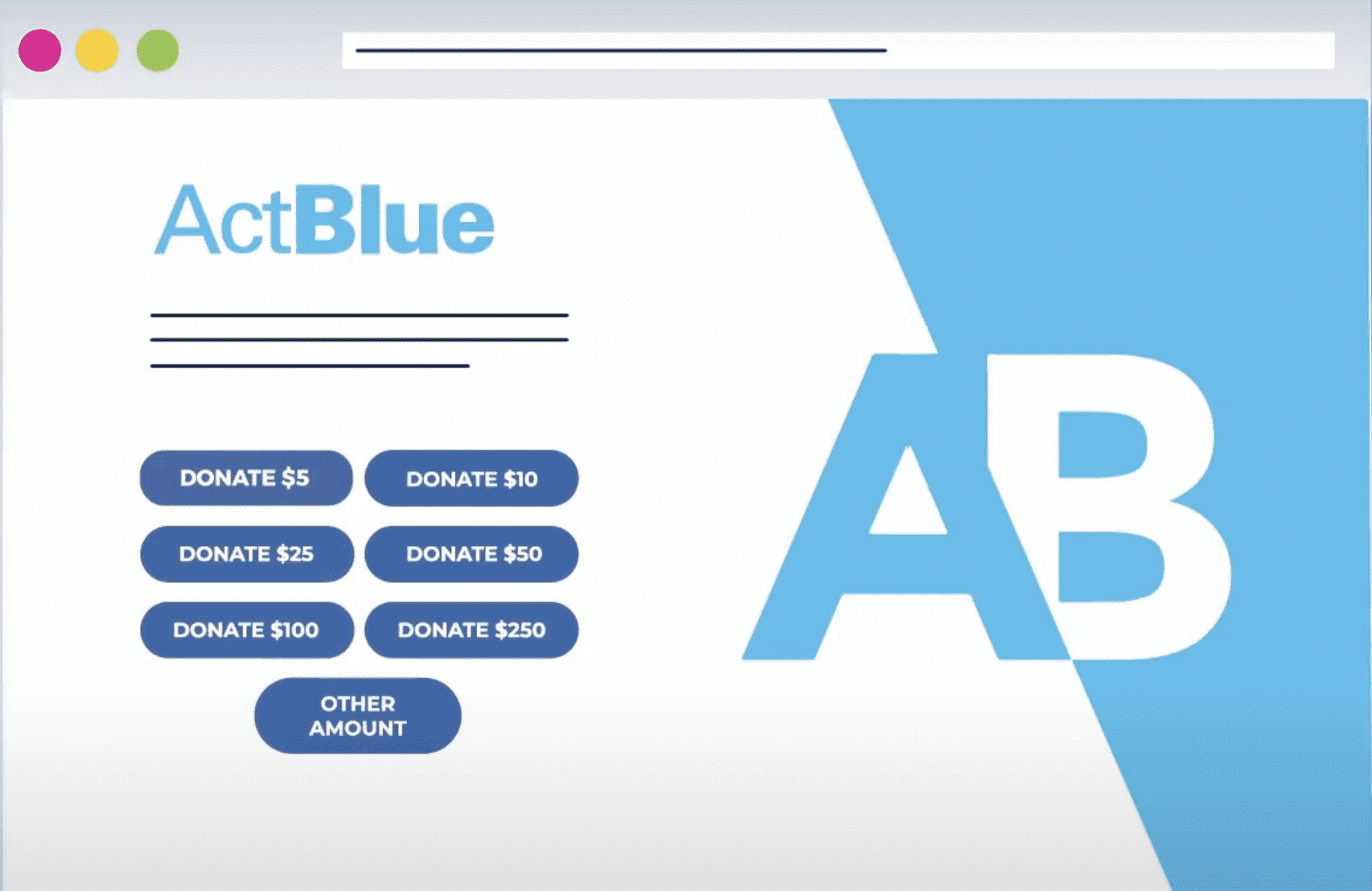Drew Ferguson spent approximately 100 hours pouring himself into a three-page narrative about the nonprofit sector and its value to society.
Then he watched, unfazed, as 15 sector leaders in Los Angeles tore it apart. After all, this kind of creative destruction was always part of the plan, and finding the “big story” for the sector was always going to be messy.
As executive vice president and creative strategist at Ogilvy Public Relations, Drew has created brand narratives for Fortune 500 and Global 2000 companies, so he knows how hard it is to find the stories that unite diverse stakeholders, co-opt critics, and rally supporters. Even knowing that a brand narrative typically takes dozens of revisions, Drew was struck by one thing about Independent Sector’s approach.
“In the corporate world, this kind of meeting never would have happened,” he says of the LA workshop held February 26, in conjunction with the next day’s Upswell Lab. “You wouldn’t invite this kind of grassroots input. You would repeatedly test and revise your messages internally, because the company owns the narrative. But today’s workshop was about creating a narrative that the community owns.”
In a space as vast and diverse as the nonprofit sector, that sense of community ownership is crucial. It’s why more than 1,000 stakeholders have weighed in through workshops and polls, and many more will contribute their feedback between now and Upswell LA in November, when participants should get the first real test drive of a sector narrative. After Upswell, the narrative work could take on many forms, including videos, shareable graphics, talking points, or even a full-fledged branding campaign.
Which begs the question: What exactly is a narrative? When Ketayoun Darvich-Kodjouri of Springboard Partners leads a narrative workshop, she puts is like this: “A narrative is a film reel that plays in your head when you think about a topic. It’s all the stuff we think, believe, and know – before anyone even speaks. As a nation we believe small business is the economic engine of America. We may have faith in government to educate our kids and make communities safer or think it takes from our paychecks. These stories have been informed by our own experiences – but also by the telling and retelling of stories over time that have shaped our perceptions.”
-

Nancy-Karen-Gaudencio-2-28-18
Nancy Berlin (California Association of Nonprofits), Karen Louis (Arts for LA), and Gaudencio Marqez.
Steve Levin, communications director at Southern California Grantmakers, attended the five-hour workshop because “I myself have been struggling with how to talk about my work in the philanthropic sector and thought it would be helpful to hear how others communicate about it. If we can’t address basic points about our sector, how can we expect others to take us seriously?
“Most of us know how to speak about our individual organizations, but are not as comfortable talking about the sector as a whole. Having this sector-wide narrative will help in a number of situations: to respond to criticism about the sector or particular bad actors in the sector; to build a collective, unifying voice to increase our clout and communicate proactively on issues that matter to us (like tax reform); and even just for conversational use with those who do not know much about philanthropy.”
Steve says he left the workshop “encouraged” by the effort to grapple with a sector narrative, but recognizing there’s still a lot of work to be done. As long as changemakers are coming together to advance the cycle of creative destruction, Independent Sector Chief Strategy Officer Jeff Moore says he’s ready for the challenge.
“Of course, we are all looking for that one, compelling story about who we are as a sector, what we believe, and the value we create in American life. The process of getting there, by definition, is messy. Between now and the time we land this, the simple act of gathering the community to ask these questions, and contemplate their answers, helps to build the awareness and alignment we need for the critical work ahead.”






